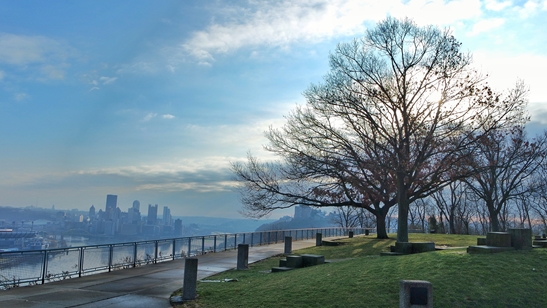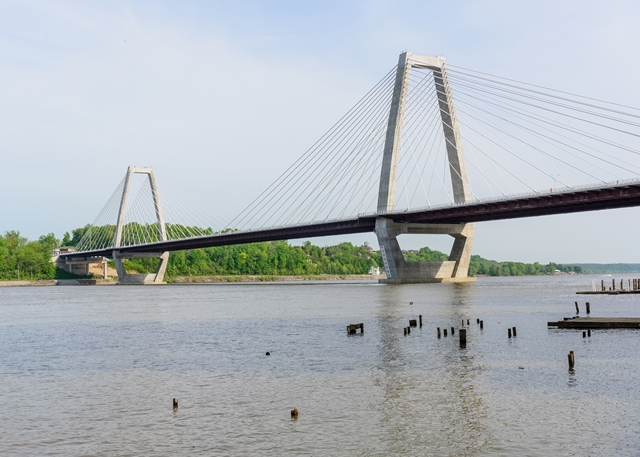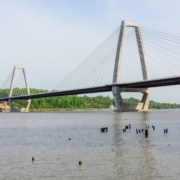New Confined Space Standard
In 2015, the construction industry saw the establishment of a new standard to cover confined spaces. The Confined Space Standard, similar to other construction industry standards, covers employers whose employees are subject to confided space hazards. This new standard emphasizes training, monitoring and evaluation, and communication requirements.
According to the Occupational Safety and Health Administration (OSHA), a confined space has the following three characteristics:
- It is large enough for a worker
- It has limited entry and exit
- It is not designed for continuous occupancy
Common examples of confined spaces would boilers, manholes, tanks, storm drains and air conditioning ducts.
To better understand the new Confined Space Standard, OSHA has laid out the differences between the construction confined space standard and general industry safety rules. These differences are:
- When a worksite has employees of different employers, there is a more coordinated approach with the new Confined Space Standard. This includes pre-entry planning, including having a competent person identify the confined space, further identifying permit spaces, evaluating potential hazards, and ensuring that those hazards are eliminated or controlled. Such information is then relayed to the various employers onsite whose job it is to train their employees and designate which employees are authorized to enter a permit space. Further, these confined spaces require an attendant be positioned outside the permit space the entire time work is being performed.
- Hazards may not be introduced into a confined space by workers performing tasks outside the space. An example would be a generator being run outside the confined space which then causes carbon monoxide to build up inside the confined space.
- Requiring continuous atmospheric monitoring whenever possible.
- Requiring continuous monitoring of engulfment hazards.
- Allowing a permit to be suspended rather than canceled.
It is also the responsibility of employers to make sure that only authorized employees enter a permit space and take effective steps to make sure non-authorized personnel do not enter. When there is a permit space at a worksite, an employer must make a decision as to whether employees can enter the space. OSHA states that not making a decision about who can enter the space will be construed as approving that individual for entrance. Finally, OSHA defines entering the permit space as any part of a person’s body breaking the plane of an opening into the space.
OSHA notes that the new Confined Space Standard covers all construction employers whose employees may be subject to confined space hazards, with the exception of specialized construction activities such as excavations, underground construction, caissons, cofferdams, compressed air and diving since these activities are separately regulated.











































